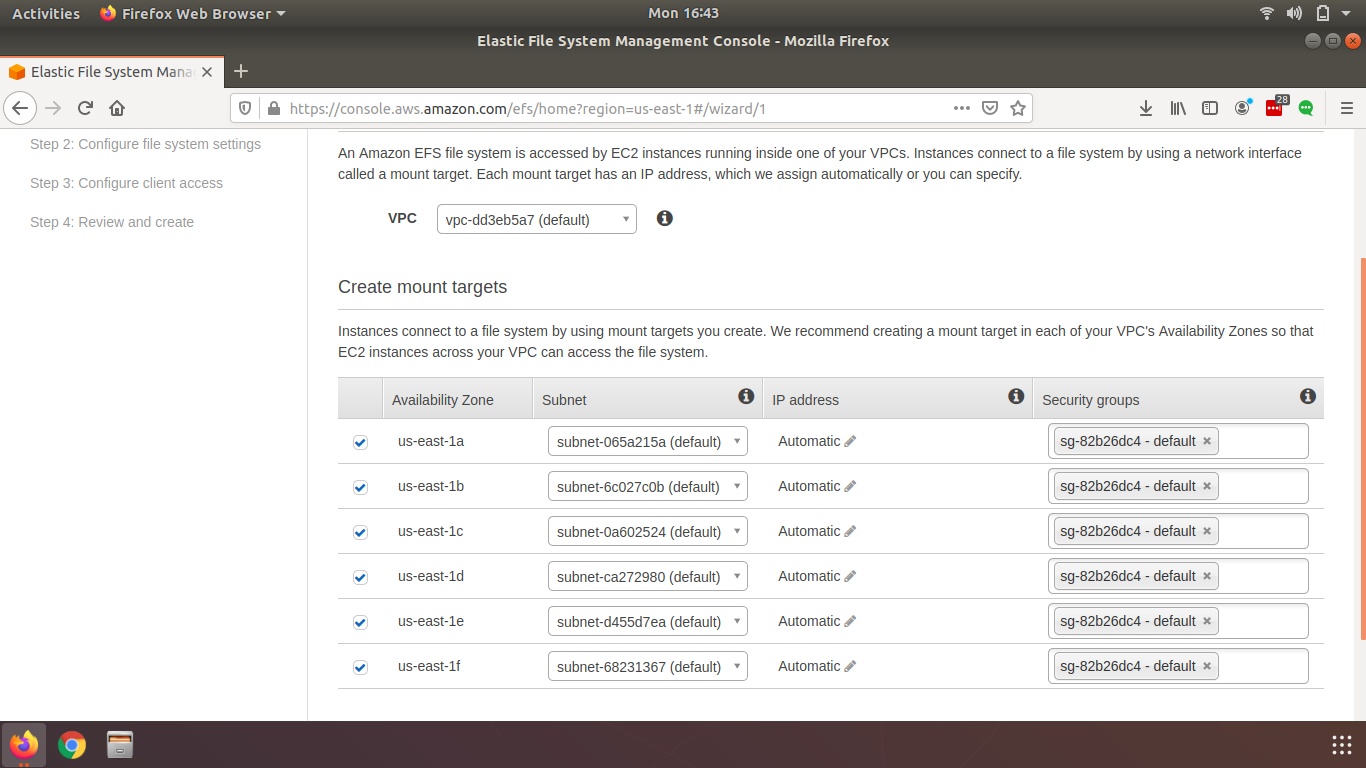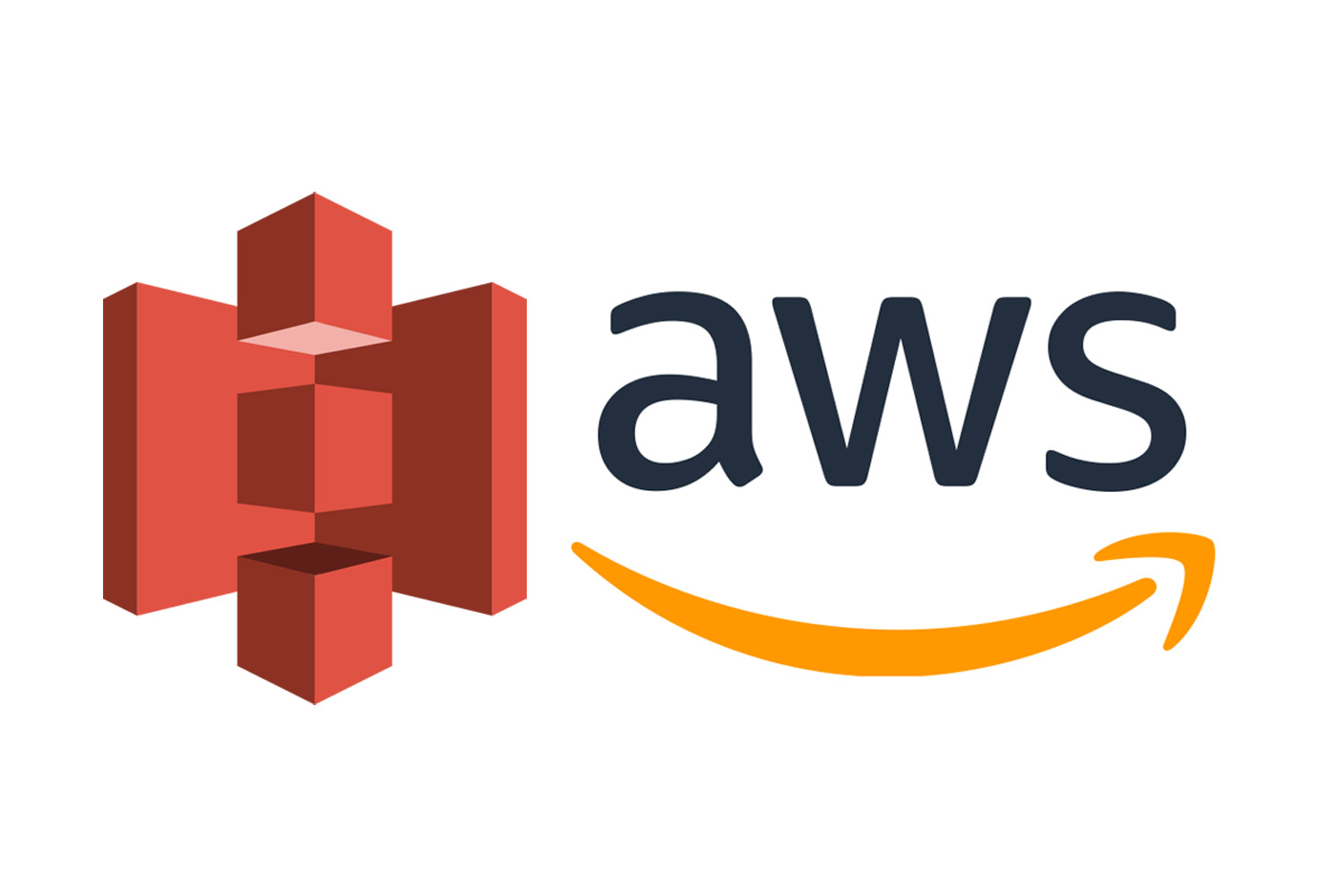

AWS FILE STORAGE HOW TO
To learn more about various use cases, check out this article:įurther reading How to Use Amazon S3 Cost-EffectivelyĮverything about backing up to Amazon S3: What Is Amazon EBS?Įvery computer needs a drive and a virtual machine is not an exception. This means that the chances of losing your data somewhere inside AWS data centers are minimal. You can access it either from your bucket or through a content delivery network named AWS CloudFront.Īmazon S3 is a highly scalable storage service with famous eleven nines data durability (99,999999999%). For volume and tape gateways, stop the gateway, reboot the VM, then start the gateway.Amazon S3 also allows you to host static website content.

AWS FILE STORAGE PATCH
You might need to shut down or reboot your VM for maintenance, such as when applying a patch to your hypervisor.

When creating virtual tapes, you select one of the following sizes: 100 GB, 200 GB, 400 GB, 800 GB, 1.5 TB, and 2.5 TB.Ī tape gateway can have up to 1,500 virtual tapes with a maximum aggregate capacity of 1 PB.

Supported by NetBackup, Backup Exec, Veeam etc. Used for backup with popular backup software.Įach gateway is preconfigured with a media changer and tape drives. In stored mode, each volume can be up to 16 TB for a maximum of 512 TB of data per gateway (32 volumes, each 16 TB in size). In cached mode, each volume can be up to 32 TB for a maximum of 1 PB of data per gateway (32 volumes, each 32 TB in size). Snapshots are incremental and compressed.Įach volume gateway can support up to 32 volumes. Stored Volume mode – the entire dataset is stored on-site and is asynchronously backed up to S3 (EBS point-in-time snapshots). The volume gateway represents the family of gateways that support block-based volumes, previously referred to as gateway-cached and gateway-stored modes.Ĭached Volume mode – the entire dataset is stored on S3, and a cache of the most frequently accessed data is cached on-site. The maximum size of an individual file is 5 TB.
AWS FILE STORAGE WINDOWS
Microsoft Windows clients that support SMB can connect to file gateway. Used for flat files only, stored directly on S3.įile gateway offers SMB or NFS-based access to data in Amazon S3 with local caching.įile gateway supports Amazon S3 Standard, S3 Standard – Infrequent Access (S3 Standard – IA) and S3 One Zone – IA.įile gateway supports clients connecting to the gateway using NFS v3 and v4.1. When using the file gateway, you can optionally configure each file share to have your objects encrypted with AWS KMS-Managed Keys using SSE-KMS.įile gateway provides a virtual on-premises file server, which enables you to store and retrieve files as objects in Amazon S3.Ĭan be used for on-premises applications, and for Amazon EC2-resident applications that need file storage in S3 for object-based workloads. Virtual media changer and tape library for use with existing backup softwareĮach gateway you have can provide one type of interface.Īll data transferred between any type of gateway appliance and AWS storage is encrypted using SSL.īy default, all data stored by AWS Storage Gateway in S3 is encrypted server-side with Amazon S3-Managed Encryption Keys (SSE-S3). Primary data stored in S3 with frequently accessed data cached locally on-prem The table below shows the different gateways available and the interfaces and use cases: New NameĪllow on-prem or EC2 instances to store objects in S3 via NFS or SMB mount pointsĪsynchronous replication of on-prem data to S3 Often used in disaster recovery preparedness to sync data to AWS.ĪWS Storage Gateway supports three storage interfaces: file, volume, and tape. Provides local storage resources backed by Amazon S3 and Glacier. Implemented using a virtual machine that you run on-premises (VMware or Hyper-V virtual appliance). It provides low-latency performance by caching frequently accessed data on premises, while storing data securely and durably in Amazon cloud storage services. The AWS Storage Gateway service enables hybrid storage between on-premises environments and the AWS Cloud. You can either sign up for a specific AWS training or gain access to all of our courses with our monthly/annual membership!


 0 kommentar(er)
0 kommentar(er)
